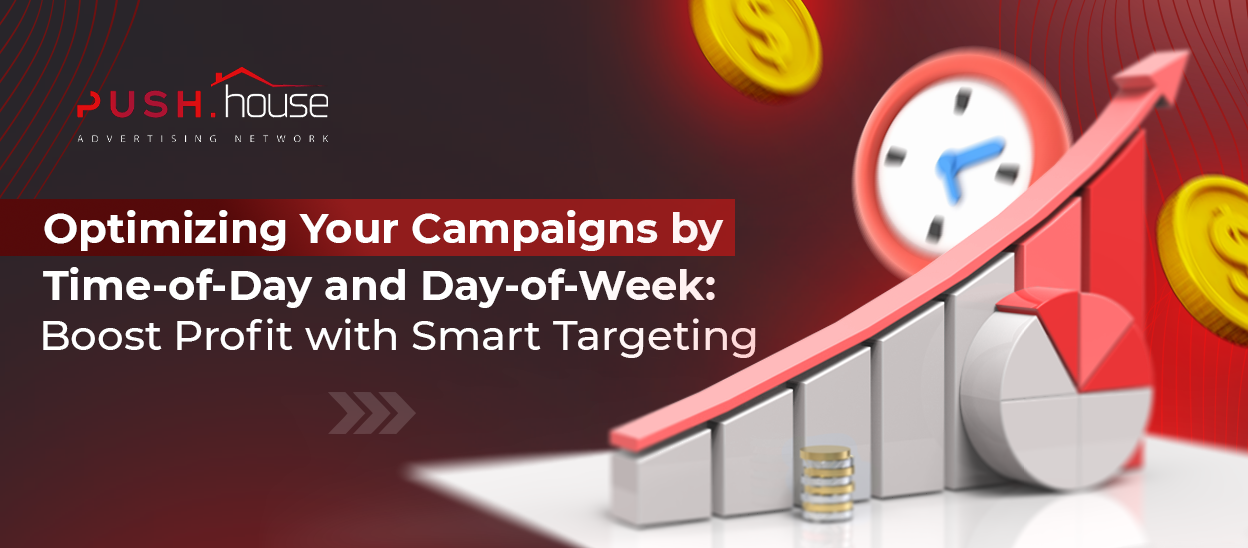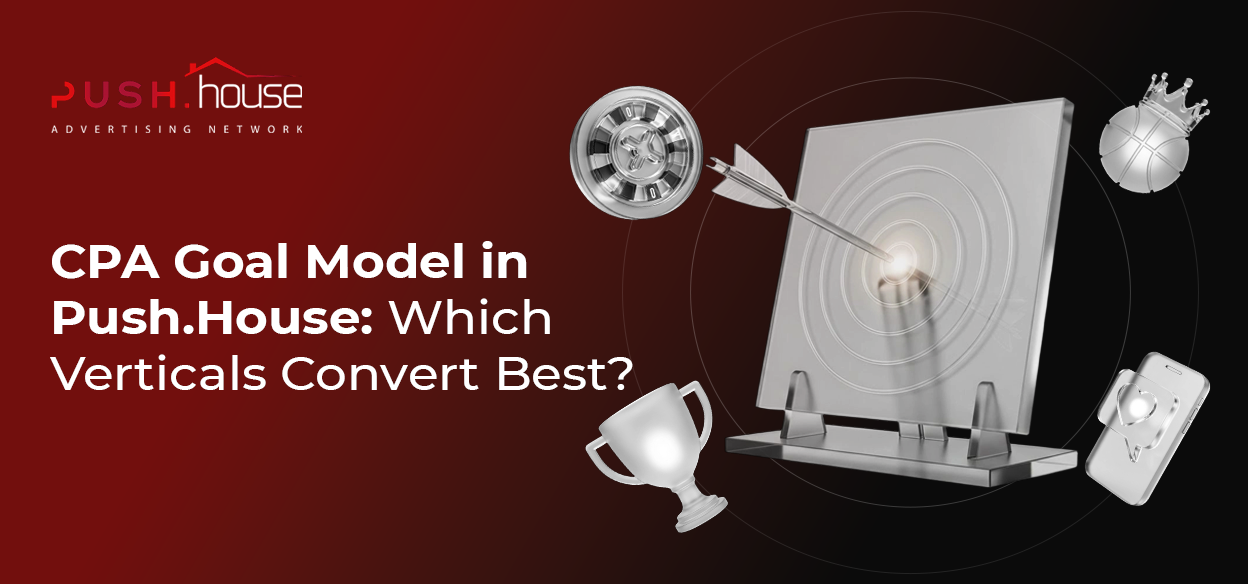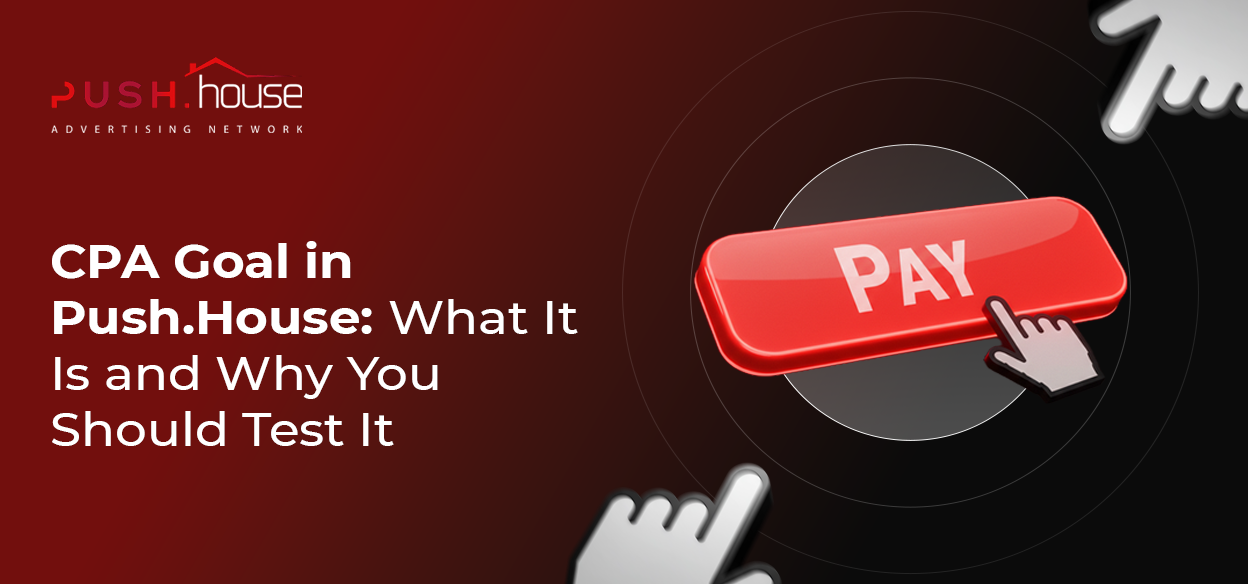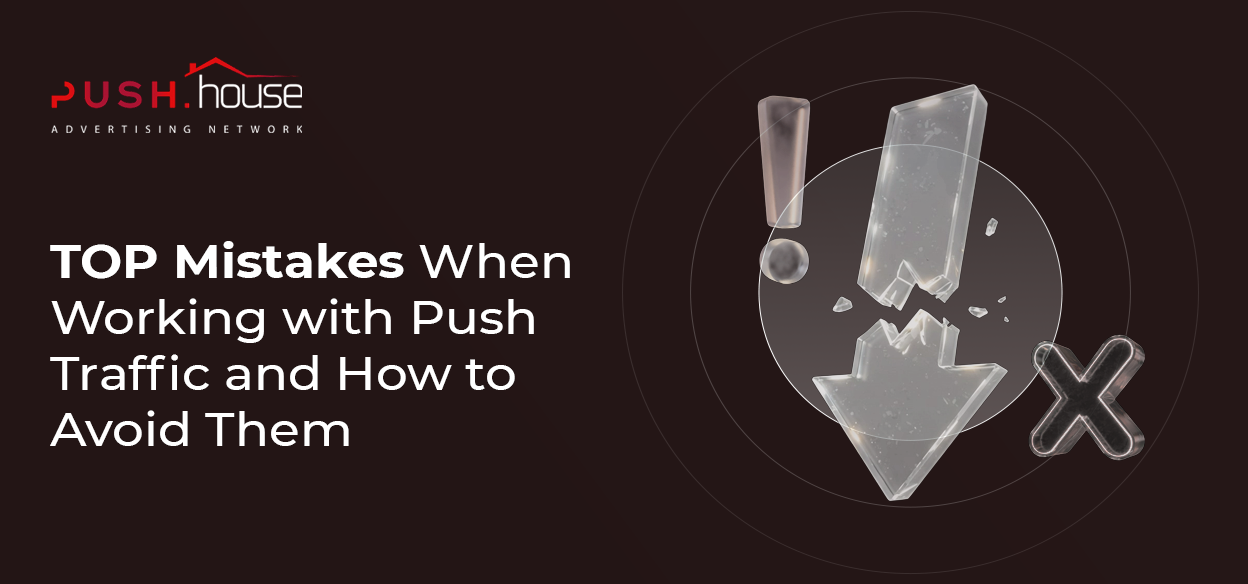
Optimizing Your Campaigns by Time-of-Day and Day-of-Week: Boost Profit with Smart Targeting
Hi there! Push.House here.
If you’re running push campaigns without considering time of day and day of week, you could be wasting up to half your budget. Sure, creatives, offers, and GEOs matter — but if you’re showing a casino ad at 9 AM on a Monday, when everyone’s rushing to work, even the most compelling creative probably won’t get clicks. In this article, we’ll break down how to smartly optimize your push campaigns based on timing — and how to increase CTR and lower your CPL in the process.
Why timing matters in push ads
Push notifications go directly into the user’s personal space — their browser or phone screen. That means it’s not just what you show, but when you show it. Proper scheduling allows you to:
- Increase engagement — people click when they’re less busy
- Lower CPC — off-peak hours bring less competition
- Improve ROI — show ads when your audience is most receptive
Different verticals behave differently
Before diving into the analytics, remember that each vertical has its own behavioral patterns. Here’s a general breakdown of when audiences are most active:
- iGaming & Betting: Peak activity in the evening (after 6 PM) and weekends. Monday is the weakest day.
- E-commerce: Performs well during lunch hours and weekday evenings. Weekends can vary by region.
- Adult: Late evening and night, especially Friday–Sunday.
- Finance (loans, investments): Morning and early afternoon on weekdays. Almost no activity on weekends.
- Antivirus & Utilities: Steady throughout the day, but strongest during business hours.
How to analyze time-based performance
Push.House provides tools to monitor user activity by hour and day. Here’s what to do:
- Set up postback tracking and analytics (e.g. Binom or Keitaro) to view conversions by time.
- Launch your campaign without time restrictions (schedule) for 3–7 days to gather baseline data.
- Filter your stats by hour/day — identify slots with high CTR and CR.
- Pause low-performing time slots to save budget.
- Segment campaigns into time clusters — morning/day/evening/night — and test them separately.
Example schedule: best hours and days to launch by vertical
These are average figures from Push.House data — adapt them to your offer:
| Vertical | Best Hours | Best Days |
| iGaming | 6:00 PM – 1:00 AM | Fri, Sat, Sun |
| E-commerce | 12:00–3:00 PM, 6–9 PM | Mon–Fri |
| Adult | 9:00 PM – 3:00 AM | Fri, Sat |
| Finance | 9:00 AM – 1:00 PM | Mon–Thu |
| Antivirus | 10:00 AM – 8:00 PM | Mon–Sun |
These are starting points — test and adjust based on your specific audience.
Use time targeting (schedule) in Push.House
Push.House supports full scheduling by hour and day of the week. That means you can:
- Exclude low-converting hours or days
- Create separate campaigns for different time slots
- Automate campaign scheduling
This way, you’re not just optimizing spend — you’re showing ads at the exact moment users are ready to engage.
Conclusion
Push ads aren’t just about eye-catching creatives and juicy offers. To succeed, you need to understand audience behavior and adjust your timing accordingly. Analyze your data, test different schedules, track engagement — and your ROI will take off.
And if you don’t want to waste time doing it all manually — head over to Push.House and set up time targeting for your next campaigns. Your budget will thank you. 💰
Need help with setup or optimization? Reach out to our team at Push.House — we’ll help you get the most out of every campaign.














